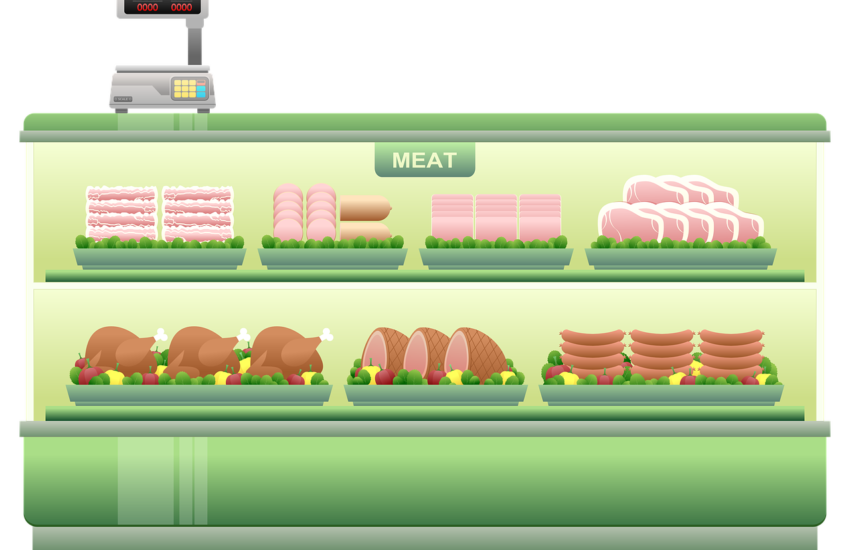Before you make your first buck, you need to think about what to sell, for how much, where to sell it and how to let your customers know. At this stage of creating your company’s business plan, you probably already have a roughly formulated mission and goals for the coming year, and a defined group of customers. It all started, of course, with his idea for a great business, but only now it’s time to carefully devise the details of the venture.
Every company, whether a business or a multinational, uses similar mechanisms to fight for customers. In marketing, they are called marketing tools, and because they are used simultaneously, they are referred to as the marketing-mix. It consists of the product, its price, where and how it is sold, and promotion. Since then you can no longer associate marketing with advertising on TV or radio – it is only a small component of a company’s marketing strategy.
First – the product. The business idea was probably about this element of the marketing-mix. If he dreamed of a computer store or a training company, then with his eyes he saw shelves full of monitors and printers or recommendations signed by well-known companies. And this will indeed be a starting point, but it is important that the product itself – important to the originator – also inspires appreciation in the eyes of customers. How to do this?
There are several principles that Novak must take into account when determining the exact features of the products or services to be sold. The first is the choice between whether he wants to sell very concrete and real products, or whether he wants to provide services that satisfy intangible customer needs. This choice is not always clear-cut, because if Nowak is going to sell computers, in addition to a heavy box full of the latest electronics, he may also offer services to train buyers who are unfamiliar with technology.
Any tangible product, such as a personal computer, has 2 types of features: tangible ones, such as the color of the case, its size, the speed of the processor and the capacity of the hard drive, and less tangible but equally important ones – the length of the warranty, the speed of service, home delivery or the provision of favorable credit. Among the features of the second type may also be the prestige of using just this device or the well-being of the customer.
If you have decided on a training company, in addition to the offer of its services, it must define what long-term benefits the customer will achieve after taking a session at its company. Anyone with a business idea should think carefully about the real benefits to customers. It is worth selecting the product range so that there is at least one element that differentiates the new company from its competitors, and to find a market niche where it is safe to start the business. Mercedes and Audi have consistently pursued a strategy of high quality at a high price. On the other hand, in France there are artisan companies producing small city vehicles for two or three thousand euros. Neither Fiat, Opel or Renault can compete with them in these particular markets.
Each product, and the other accessories associated with it, has its own lifespan. It is born in the entrepreneur’s head, grows up, reaches maturity and eventually customers decide that its life is over. If you have decided to set up on a computer store, you need to consider where the personal computer is currently at in its life cycle. Are there still opportunities to miniaturize, to increase the number of functions, the speed of the processor, the uses of the electronic box? Or will there be takers for undeveloped Internet-only units? Do CD-ROM drives have a future? The questions are many, but precise answers will perhaps save you disappointment.

